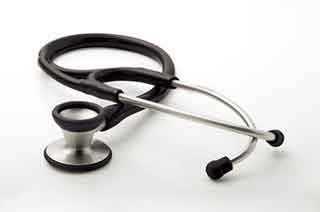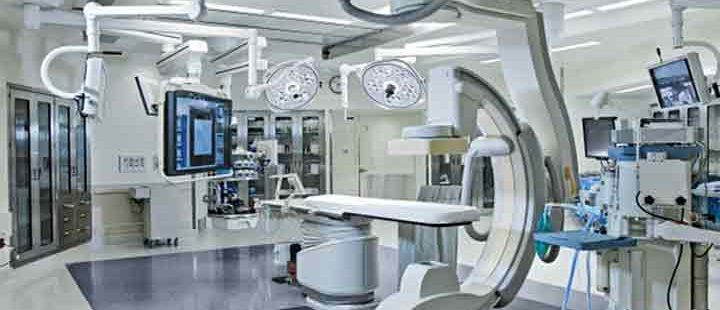The 61st annual Chinese Medical Equipment Fair (CMEF) for Asian Pacific medical device industries included 2,100 exhibitors from around the world, and hosted over 50,000 visitors, 20% of them international.
Even show backers were global, including such organizations as Reed Exhibitions, the U.S. Dept. of Commerce, the Spanish Institute of Foreign Trade, and the Korean Medical Devices Association.
Danger is Opportunity

The attitude of many Chinese exhibitors towards the world recession can be summed in the concept of “Wei Ji,” two Chinese characters that together symbolize “danger/opportunity.” In other words, risky situations (recession) create opportunity. Helping to boost this spirit of entrepreneurism, the Chinese Ministry of Health passed a Rural Health Initative intended to boost the standard of living for the 900,000-million people living in rural areas.
One exhibitor to push an optimistic mindset was Mindray Medical International Ltd., a firm that manufactures operating tables and patient-monitoring machines. The company is listed on an international stock exchange and has more than 30 local offices in China as well as subsidiaries in India and Eastern Europe. Although the firm has not yet penetrated the U.S. market, it has readied itself with FDA certificates for safety and quality, more helpful hints.
Mindray recently bought U.S. firm Datascope Corp. as a strategy to enter the U.S. market. The U.S. firm provided a well-known brand name and a good direct sales channel. Mindray plans on hiring local engineers to overcome cultural and language difficulties.
Another exhibitor, the Perlong Group, a manufacturer of digital and film radiology equipment, plans on selling to the U.S. market in three to five years. Its main focus is on replicating existing products from global players such as Siemens, GE Health, and Phillips. Like many medical manufacturers in China, the company got started when the now CEO purchased a state-owned company in 2000. Perlong currently gets so many CMEF visitors, it needs two translators just to keep up.

No more cultural differences
Carestream Health, which makes digital and inter-oral film-imaging equipment, says 10 years ago, it was hard to manufacture medical products in China. But strong local supply chains and good talent from the education system have changed this. Also, there are no more cultural differences in how employees regard deadlines or in their ability to make decisions by themselves.
Lastly, Yuyue Medical Equipment Co. Ltd., the largest medical-device manufacturer in China, says it is growing 50% annually. The company currently exports to Russia and Germany and now plans to focus on the U.S. market. The firm’s logo, a fish head, means “fish jumping through the dragon gate,” which signifies “the achievement of a better state.” The firm plans on changing its name and logo to better-target the U.S. “China will soon be the world’s second largest market for medical devices, after the U.S.,” says a company spokesperson The burgeoning medical manufacturing industry in China is poised to grow exponentially over the next few years. As Chinese firms get more sophisticated, they will increasingly penetrate global markets.
- How to Create Super Secure Passwords Using a Free Online Generator? - February 10, 2025
- What Is Gas Boiler Servicing and Why Is It Essential for Your Home? - February 9, 2025
- When to Choose Free AI Tools for Your Innovation Projects? - February 5, 2025

